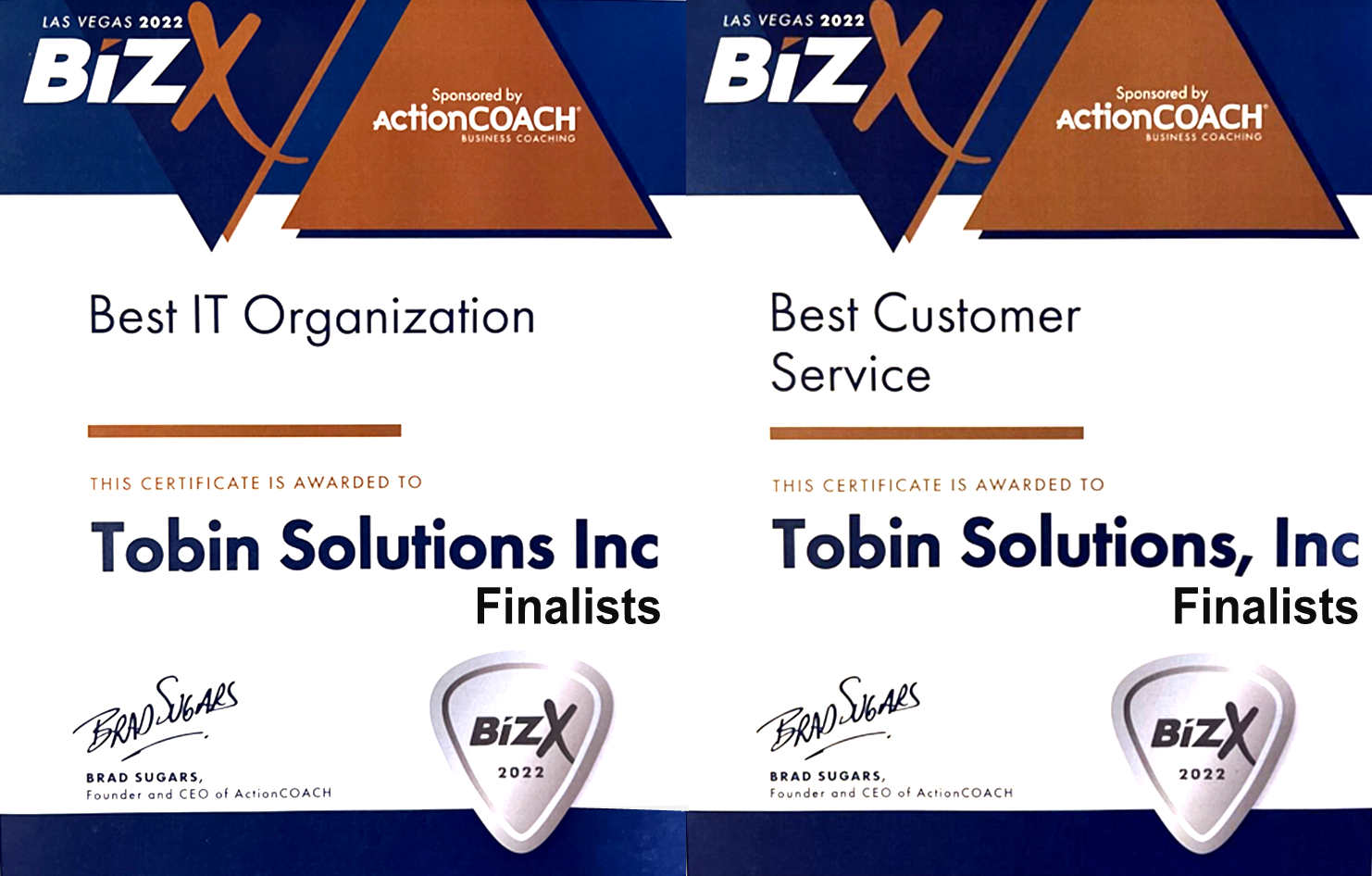What Is Zero Trust Security? A Complete Guide for Businesses in 2025
With cybercrimes surging by over 600% since the start of the COVID-19 pandemic, businesses across the U.S. are facing escalating cybersecurity threats. In 2025, a strong zero trust security strategy is no longer optional—it’s essential. Traditional security models like the “castle and moat” approach are no longer sufficient in protecting cloud-first, remote-enabled work environments. Instead, businesses must implement layered defenses, enforce identity and access management, and adopt a security-first mindset across their technology stack.
What Is Zero Trust Security?
Zero trust security is a cybersecurity model that assumes no user, device, or system—whether inside or outside your business network—should be automatically trusted. Every access request must be authenticated, authorized, and continuously validated using identity, device posture, and behavioral context.
This shift in cybersecurity architecture is vital for protecting today’s distributed IT environments, where users access company resources from multiple devices and locations. With zero trust network access (ZTNA), your systems gain granular control over what users can see and do, drastically reducing your risk of a data breach.
Why the Castle-and-Moat Model Is Obsolete
Historically, IT teams trusted anything inside the network perimeter. However, the rise of cloud computing, remote work, and mobile access has made that perimeter porous. Once a hacker gains internal access, they can easily move laterally within the network—stealing data or planting malware. Zero trust eliminates this vulnerability by treating every access request as a potential threat.
Core Principles of the Zero Trust Framework
Implementing a zero trust architecture begins with the following foundational elements:
- Micro-segmentation: Divide your systems and data into smaller zones with access controls tailored to users and roles.
- Identity and Access Management (IAM): Assign each user a single digital identity, verify it continuously, and grant access based on the principle of least privilege.
- Granular access policies: Monitor contextual factors like geolocation, device trust level, and login behavior to validate access.
Securing the Login Process with MFA and Device Verification
The login process is a common target for hackers. According to a Forrester report, over 50% of workers store passwords insecurely. Weak credentials are often the first exploited vulnerability in a cyberattack. That’s why multi-factor authentication (MFA) is essential for any modern security stack. By requiring an additional verification step—like an authentication app or biometric scan—even stolen passwords become useless to attackers.
Pair MFA with password management software like LastPass to generate secure credentials and store them safely. These tools also simplify sharing access across teams without exposing raw passwords, minimizing your risk of credential leaks.
Zero Trust for IT Administrators
Zero trust security also empowers IT administrators to manage and monitor user access proactively. Using enterprise IAM tools, admins can:
- Assign and adjust user roles
- Track login activity and detect anomalies
- Deauthorize compromised or lost devices remotely
- Enforce compliance with industry regulations
This level of control ensures better security hygiene and allows for faster responses in the event of a breach attempt or suspicious activity.
Tailoring Zero Trust Architecture to Your Business
There is no one-size-fits-all approach to zero trust. The best zero trust strategy for your business depends on your data flow, systems architecture, remote access policies, and compliance needs. Whether you’re a Milwaukee small business or a regional enterprise, Tobin Solutions helps you design a custom zero trust framework that aligns with your business goals and security requirements.
Partner with Tobin Solutions for Cybersecurity and Zero Trust Services
At Tobin Solutions, we take a Security First approach in everything we do. Our Milwaukee IT security services include tailored zero trust implementations, identity and access management, endpoint protection, and staff training. We understand the growing cybersecurity threats businesses face in 2025, and we’re here to provide proactive solutions that let you sleep well at night.
Contact us today to schedule a free consultation or learn more about our zero trust services.
Keywords Targeted: zero trust security, zero trust architecture, micro-segmentation, identity and access management, multi-factor authentication, network access control, Milwaukee cybersecurity services


